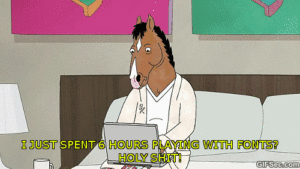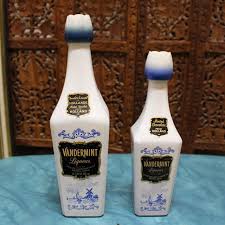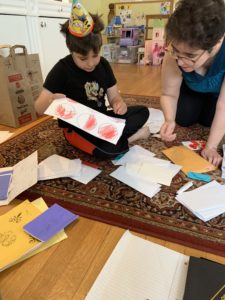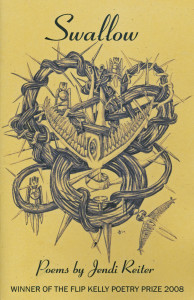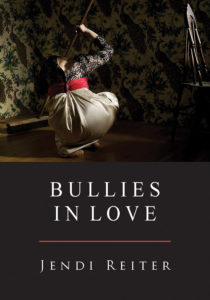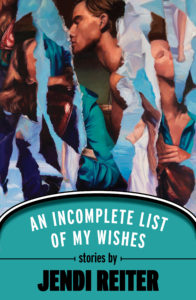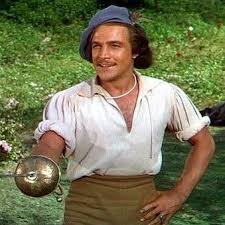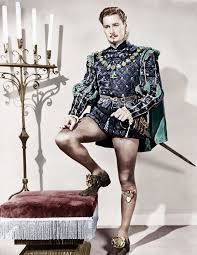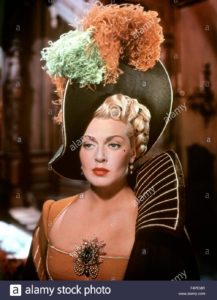May the Fourth be with you! As month #3 of my captivity begins, I am falling back on my lifelong strategy of outrunning my emotions through frenetic activity. I haven’t yet succumbed to the sourdough bread baking trend on social media (I don’t like sourdough enough to work for it) but I have made very good banana chocolate chip muffins and several indifferent watercolor paintings, while plugging away at the Endless Sequel. Meanwhile, the Young Master spends his days happily digging holes in the backyard. Who’s homeschooling whom?
The Harvard Divinity School alumni magazine offered some trauma-management ideas from different faith traditions in their article “Walking the Pandemic”. For that overwhelmed feeling, Buddhist teacher Lama Rod Owens recommends the meditation practice “Tilopa’s Six Nails”:
Don’t recall. Let go of what has passed.
Don’t imagine. Let go of what may come.
Don’t think. Let go of what is happening now.
Don’t examine. Don’t try to figure anything out.
Don’t control. Don’t try to make anything happen.
Rest. Relax, right now, and rest.
Jesuit priest Francis X. Clooney, a Hinduism scholar, finds parallels to the stories of Easter and Passover:
In the Christian story, the narrative of death and resurrection can be rephrased as wisdom or advice for people who don’t want to commit to being Christian or don’t want to come to church or any of that. It’s the understanding that we are finite beings and that even when there’s no pandemic we live only a certain number of years and then we’re gone. However painful it may be to strip away the stories and the progress and the ‘busy-ness’ and say, ‘I see myself in April 2020 under these constraints and concerns,’ there is an abiding peace in the rediscovery of the moment in which we’re living. It’s the realization that we are more than this. This is not the end of our story.
To live by this kind of hope is not just saying, fancifully, ‘I hope things get better.’ It’s a deep understanding that, whatever the difficulty of the moment, if we face it and don’t run, we will pass through. To echo the Passover feast, we shall leave the slavery of Egypt and cross the Red Sea.
If traditional religion is not your thing, visit Speaking While the World Sleeps, the blog of a queer ex-Christian sexual abuse survivor. In this March post, “Getting Through When It’s (Not) the End of the World”, blogger Tor shares what they learned about managing apocalypse anxiety, back when they were evangelical.
If you can, if at all possible, try and figure out what future you would want out of this moment. Since it will pass, since you will reach a point where you will feel better than you do right now, sometimes the worst moments are knowing that you believed it was the end when it wasn’t. You operated like there was no more future, and then the future happened. Conceive that your future self exists: where do they want to be after this moment in time?…
…You are moving through time, even if it doesn’t feel like it. I put this one last because maybe it’s obvious for other people, but this one is something I’ve clung to my whole life. When I was being bullied in school, it was often on the walk home from the school bus, and I would tell myself: every step that I take I am moving through time and space and then I will be home and this will be over for the day. Take a breath: another second passed. That second will accumulate into more seconds and those seconds are creating a history that you are living through and then it will be done. It will be done, and you will have survived.
The other day, I recalled the title character’s advice from the Netflix comedy series “Unbreakable Kimmy Schmidt”, about how she survived 15 years of captivity by a cult leader: “Do you think you can handle this for 10 more seconds? I learned a long time ago that a person can stand just about anything for 10 seconds, then you just start on a new 10 seconds. All you have to do is take it 10 seconds at a time.”
While we’re itching to return to normal, it’s worth reflecting on the ways that “normal” wasn’t optimal. What do we want to take this opportunity to change? This article at Pocket by psychiatrist and philosopher Neel Burton explores the concept of “hypersanity”, suggested by the writings of psychiatrists R.D. Laing and Carl Jung. Both thinkers believed that deeper truths might be found on the other side of “madness”, i.e. the breakdown of mental processes and beliefs we took for granted. Burton summarizes:
It is not just that the ‘sane’ are irrational but that they lack scope and range, as though they’ve grown into the prisoners of their arbitrary lives, locked up in their own dark and narrow subjectivity. Unable to take leave of their selves, they hardly look around them, barely see beauty and possibility, rarely contemplate the bigger picture – and all, ultimately, for fear of losing their selves, of breaking down, of going mad, using one form of extreme subjectivity to defend against another, as life – mysterious, magical life – slips through their fingers.
Need a radical shift in perspective? Enjoy the Sexual Minorities Archives podcast (with transcripts for those of us who don’t like podcasts) and the Gay Art History reference site for a different angle on familiar cultural icons and events. (Download the section on Achilles for some cross-dressing bisexual adventure.) I also recommend the Advocate’s article “19 LGBTQ Hindu Gods” with the caveat to be wary of cultural appropriation. If you feel drawn to working with one of these figures, but you’re not from the ethnic or religious tradition where they originated, first read a book like Lasara Firefox Allen’s Jailbreaking the Goddess to understand your responsibility to that community.

